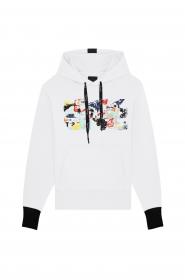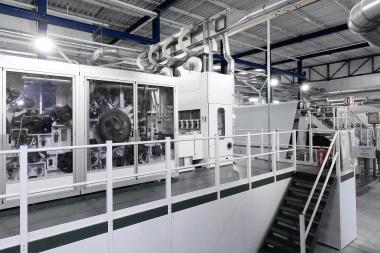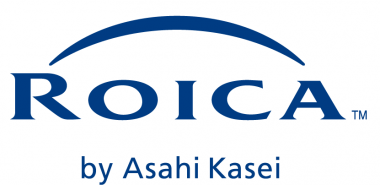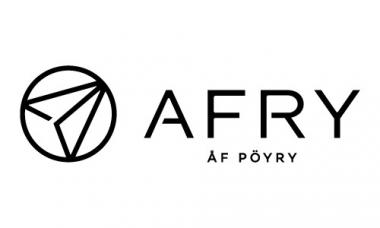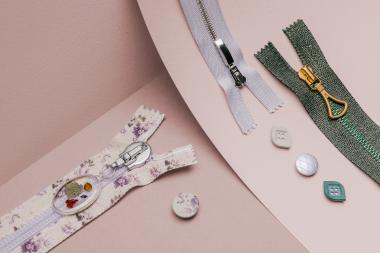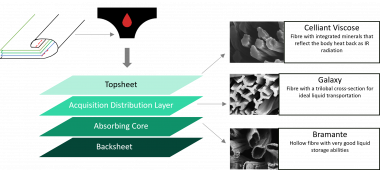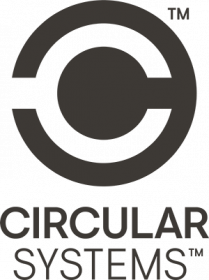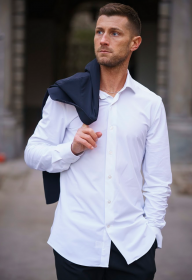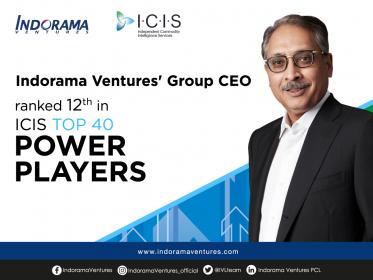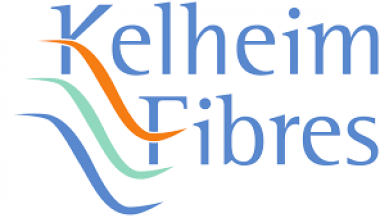C.L.A.S.S.: DUARTE returns to Milan Fashion Week with its “Eco-Street Dance” collection
The 2021 C.L.A.S.S. Icon Award Portuguese brand Duarte is ready to presents its Fall/Winter 2022/23 collection developed in collaboration with C.L.A.S.S. Eco Hub during Milan Fashion Week. With the support of WHITE, Duarte’s creations will be featured as a special project at WSM (WHITE Sustainable Milano) platform space inside “Unveiling the fashion Backstage”, a docu-event focusing on an immersive journey into the amazing world of premium and smart supply chains that make innovative and responsible fashion wardrobes a reality.
For its second collection Duarte still counts on C.L.A.S.S. support in sourcing materials and communication activities as part of the Icon Award yearly program. The streetwear designer Ana Duarte, with the help of the Milanese hub, is back with a renewed collection that counts 40 pieces continuing the concept and the story behind the previous World Keeper: the irresistible superhero Tadao - Ana Duarte’s dog – fighting against the environmental issues created by mankind and personified as Smog Man (air pollution), Fire Man (climate change), Deforestation Man (forests destruction) and Wave Man (water overconsumption).
This time the inspiration is also Street Dance drawn directly from the city streets, with majorly unisex pieces (apart from some small specific details linked to sizes or ergonomics) and materials that both respect the planet and keep you warm. The prints drawn from ripped posters giving birth to a sort of new style named “Eco-Street Dance”.
The collection presents a selection of urban pieces for everyday superheroes, fighting against environmental issues - with a holistic approach to sustainability values thanks to the synergy with C.L.A.S.S. and its Back in the Loop area: a section dedicated to alternative and sustainable sourcing against the massive amount of materials and textiles produced that are not used and discarded by the fashion system. This is mostly powered by MAEBA International - and its ReLiveTex® fabrics - leader in selecting and repurposing premium Italian fabrics with exceptional 60 years of expertise in collecting high-quality materials from leading brands and textile manufacturers, and one of the first companies at an international level to be accredited for the UNI EN ISO 14021 certification which grants the traceability of the collected materials.
The linings complete the full sustainable picture, thanks to Bemberg™ by Asahi Kasei fabrics by Gianni Crespi Foderami. Bemberg™ is a new generation material made from the smart-tech transformation of cotton linter pre-consumer material, converted through a traceable and transparent closed loop process.
C.L.A.S.S.


